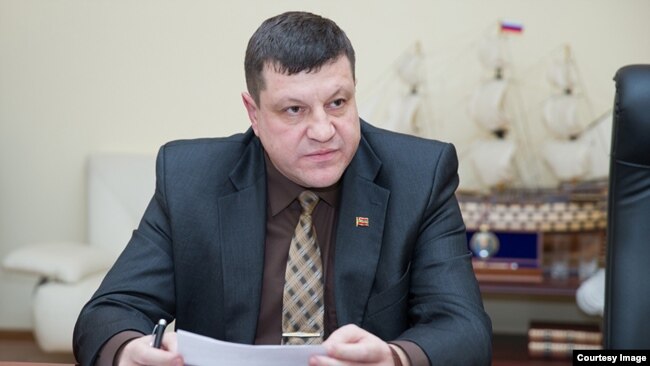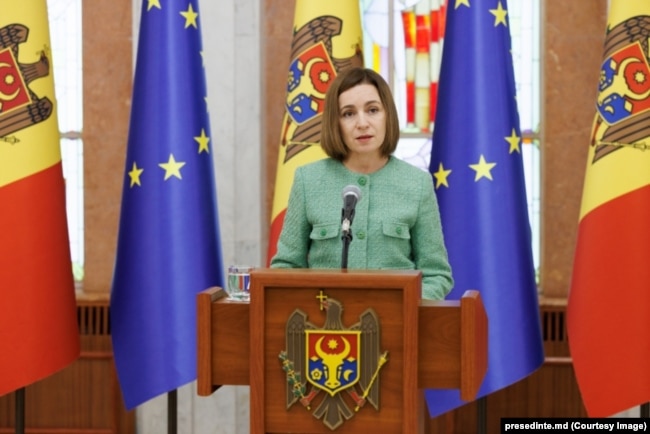By AFP
February 29, 2024

Brazilian Finance Minister Fernando Haddad speaks during the G20 finance ministers meeting in Sao Paulo, Brazil - Copyright AFP Elijah Nouvelage
Brazil’s finance minister called Thursday for an international plan to ensure the world’s super-rich pay their taxes, urging G20 nations to adopt a shared stance on preventing billionaire tax-dodging by July.
“It’s an undeniable fact that the billionaires of the world are still evading our tax systems through a series of strategies,” Finance Minister Fernando Haddad told his counterparts from the Group of 20 leading economies in Sao Paulo.
“I sincerely ask myself how we as G20 finance ministers can allow a situation like this to continue,” he added, saying Brazil would seek to craft a joint G20 declaration on international taxation by the next ministerial meeting in July.
Brazil, the current president of the G20 — whose members make up 80 percent of the global economy — is pushing the group to cooperate on tax policy, amid global wrangling on how to deal with a so-called “race to the bottom,” where some countries woo corporations and the super-rich with zero or ultra-low taxes.
In 2021, G20 finance ministers endorsed a global tax-rule reform based on two “pillars”: taxing large multinational corporations wherever they make their sales, to prevent “digital tax-dodging”; and a minimum corporate tax rate of 15 percent, regardless of where companies put their headquarters.
Countries are at different stages of implementing those reforms.
Some nations are now pushing for a “third pillar” that would tackle tax evasion by the super-rich.
Haddad cited a recent report by the EU Tax Observatory that found global billionaires are achieving effective tax rates of zero to 0.5 percent on their wealth, largely by using shell companies.
“Effective solutions to ensure the super-rich pay their fair share of taxes depend on international cooperation,” said Haddad, a close ally of Brazil’s leftist President Luiz Inacio Lula da Silva.
The issue “could be the key to solving many of the challenges we face,” he added.
French Finance Minister Bruno Le Maire told journalists Wednesday that Paris is pushing to “accelerate” international negotiations on a minimum tax on the ultra-wealthy.
Brazil invited a series of speakers to address the meeting on the issue, including French economist Gabriel Zucman, an expert on the link between tax evasion and inequality — another key issue for Brazil in its G20 presidency.
G20 hears a $250-billion-a-year idea: tax the super-rich
By AFP
February 29, 2024

French economist Gabriel Zucman speaks during a press conference on the sidelines of a G20 finance ministers meeting in Sao Paulo, Brazil
Joshua Howat Berger
French economist Gabriel Zucman brought a $250-billion-a-year idea to top policy makers from the world’s biggest economies Thursday: slap an international wealth tax on the super-rich.
Zucman, a 37-year-old ex-protege of renowned economist and inequality expert Thomas Piketty, was invited to outline his research on tax evasion by the ultra-wealthy at a meeting of finance ministers from the Group of 20 nations, which is working to address the issue.
In an interview with AFP on the sidelines of the gathering in Sao Paulo, the UC Berkeley and Paris School of Economics professor discussed how billionaires like Elon Musk and Jeff Bezos get away with paying zero income tax, how to change that, and why world leaders need to do it fast to save democracy.
– What is argument for minimum tax on super-rich?
“There is a growing body of evidence that today’s tax systems, instead of being progressive, tend to be sharply regressive at the top of the distribution… The explosion of extreme wealth is one of the defining features of the world economy. It’s really in our face. And the fact that these people (billionaires) pay very little in tax has become more and more obvious over the years.
“One concrete proposal is billionaires should pay each year, in income tax, the equivalent of at least two percent of their wealth… Unlike income, wealth is very well-defined.
“There are about 3,000 US-dollar-billionaires globally… That would generate about $250 billion in additional tax revenue worldwide.
“According to the best estimates that we have, developing countries need an additional $500 billion to face the challenges of climate change. So we can get half of that with just this minimum tax on billionaires.
– What was the reaction at G20? –
“Today is really the first time that there has been a discussion like this in a forum like the G20. And I was struck by the fact that many countries expressed support for the view that yes, we should have international agreements about taxing the super-rich, increasing tax progressivity, fighting inequality. I think it’s a very positive development.
“It’s the very beginning of the conversation. There has to be an inclusive discussion and more studies to flesh out the details.”
– Billionaires will hate it. What’s your message to them? –
“It’s good if they hate it. Because it shows that this will actually make a difference. This is actually the one tax that’s going to be very hard for them to avoid. The income tax is very easy to avoid. The inheritance or estate tax, they’re also very good at avoiding it. This is something that will be very hard for them to avoid. So yes, they’re going to fight.
“But I think what I fear more is the consequences of inaction. I think it is much more risky to continue (the current trend) of rising concentration of wealth, of tax injustice.
“The inequalities we have today… are unlikely to be very sustainable. They are corrosive for democracy.”




















